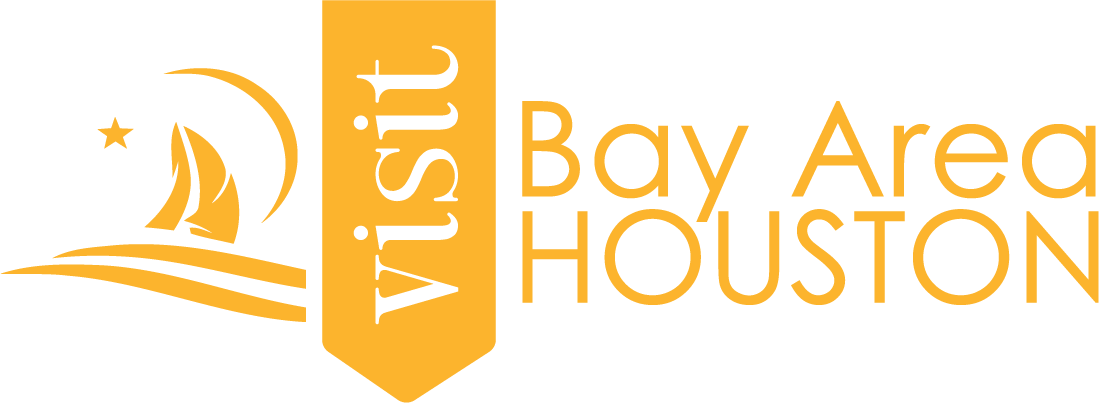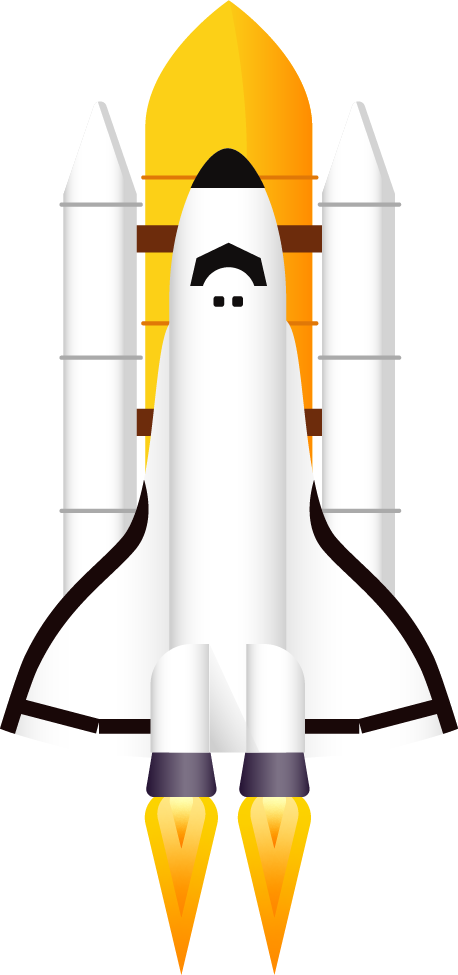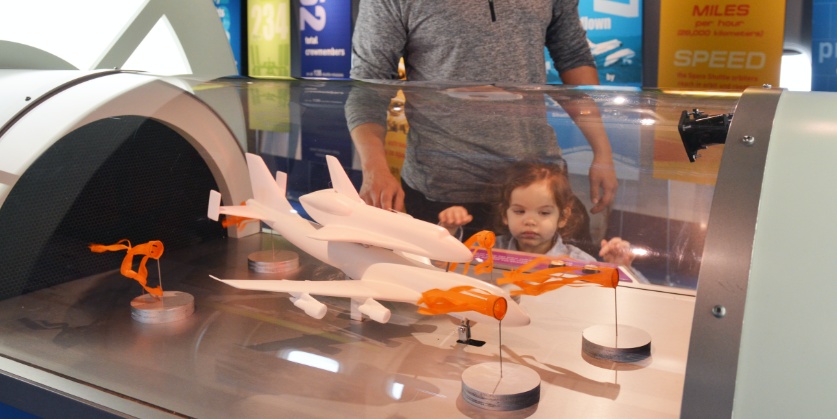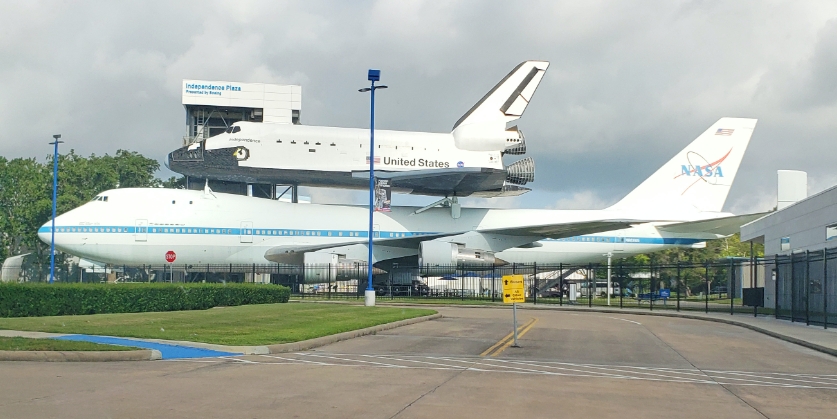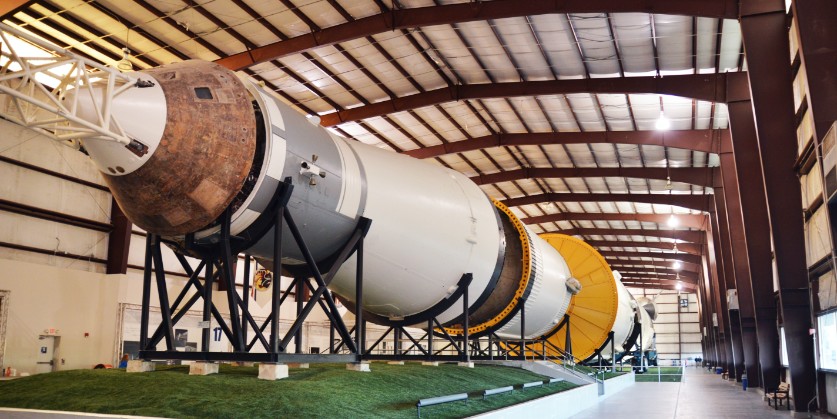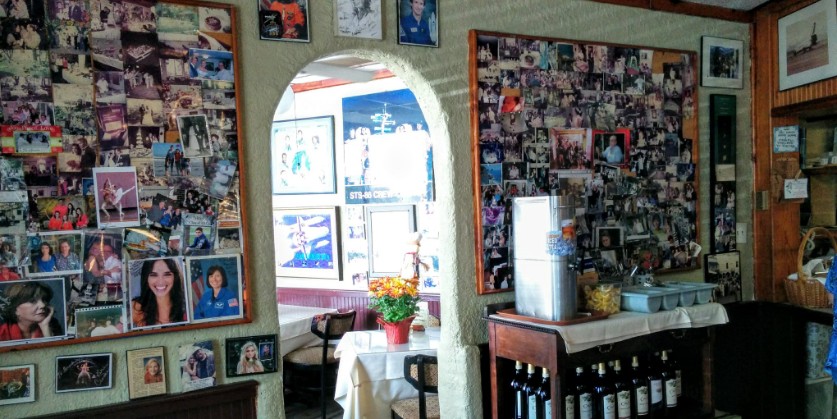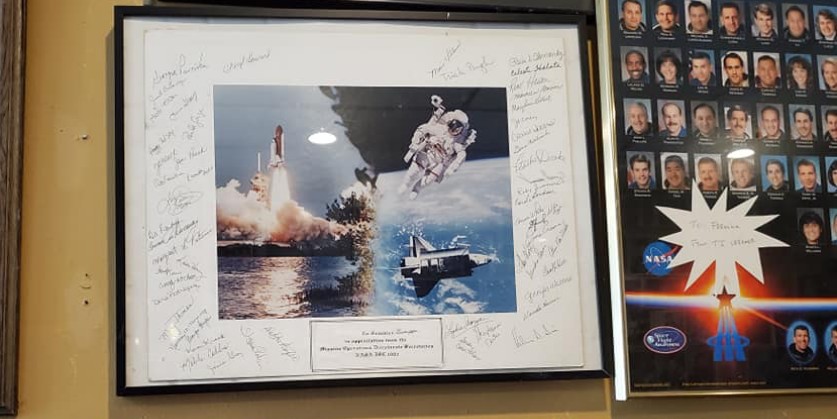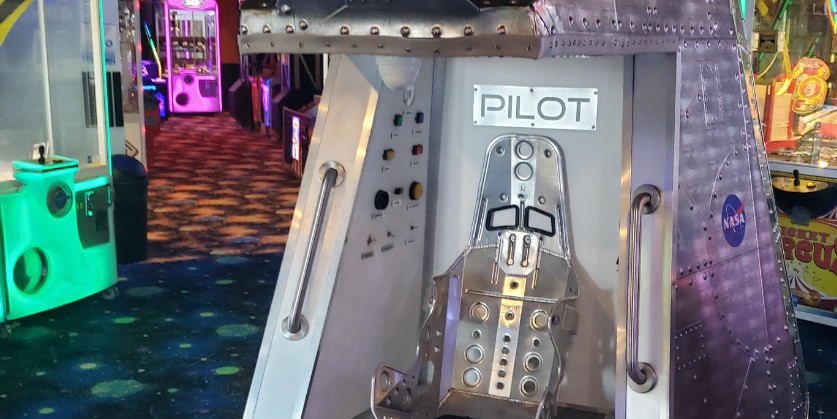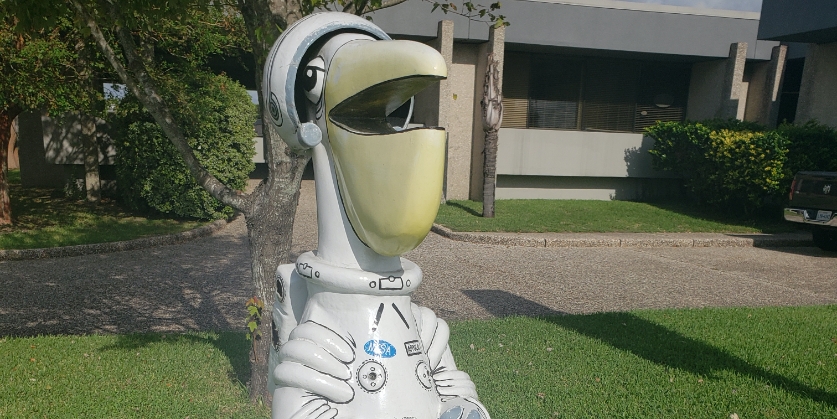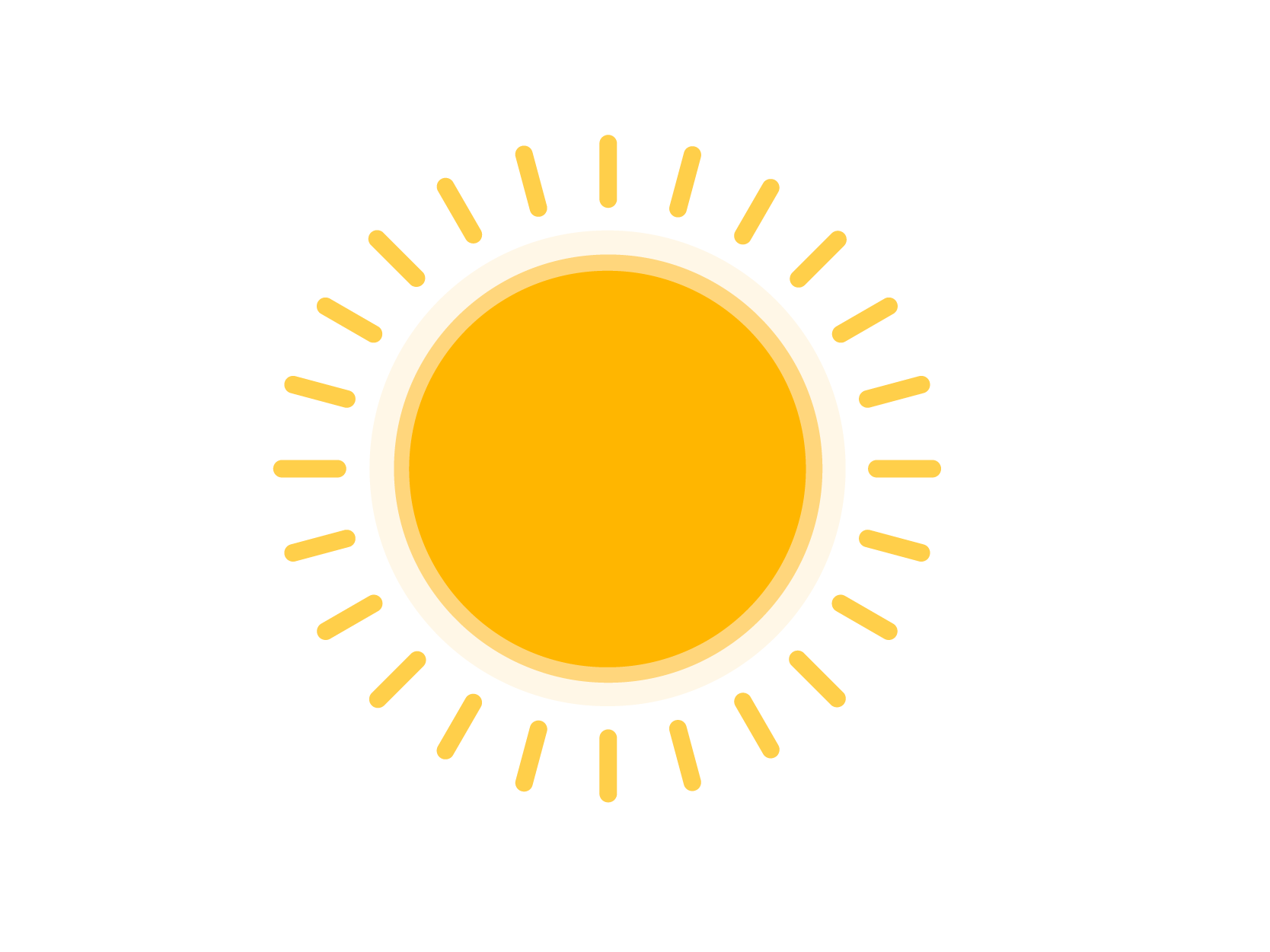

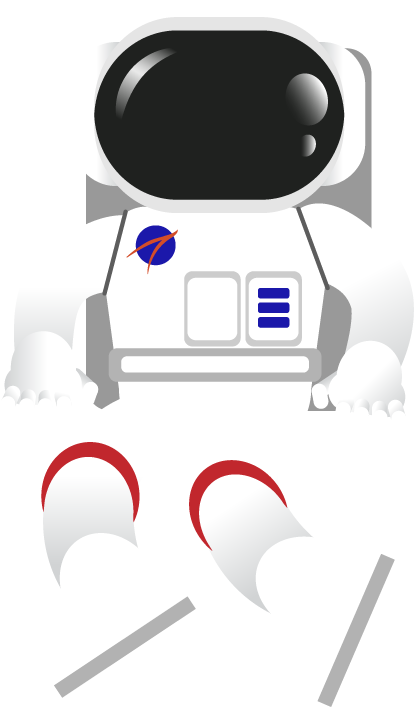

Blast Off For Fun:
Why Bay Area Houston is Out of this World


For as long as mankind has gazed in wonder at the stars, generations have been captivated by one question:
“What’s out there?”
Then, NASA took root in Bay Area Houston in 1961, and our wonder took off. Humanity’s journey into this “final frontier” has inspired generations. Perhaps it was the legendary Apollo missions that catapulted your imagination, or the five rovers sent 245 million miles away to explore Mars. Or maybe it was the thundering roar of a SpaceX rocket sending a car into space that made you stop and look up at the sky.
Whatever may have first captured your interest in the cosmos, Bay Area Houston is the place where it all began and is an absolute must for space enthusiasts and novices alike. At Space Center Houston, grandparents can reminisce about the landmark Mercury, Gemini, and Apollo missions that ascended the first astronauts into the heavens. Grade-school kiddos can use hands-on interactive displays to play, touch, and learn about space and what it takes to be an astronaut. And next door at the NASA Johnson Space Center, visitors can relive historic firsts and glimpse the exciting future of space exploration.
Just make sure to save room in your itinerary for some “down-to-earth” activities as well. From waterfront thrills to boardwalk charms, the activities and sights throughout Bay Area Houston are a lot like actual space… endless.
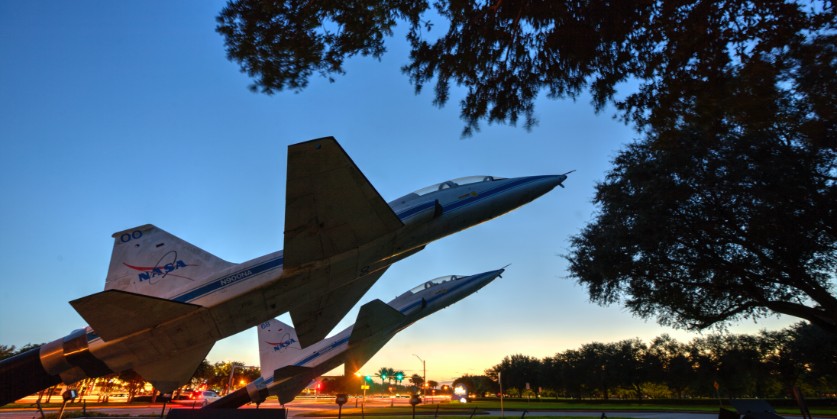

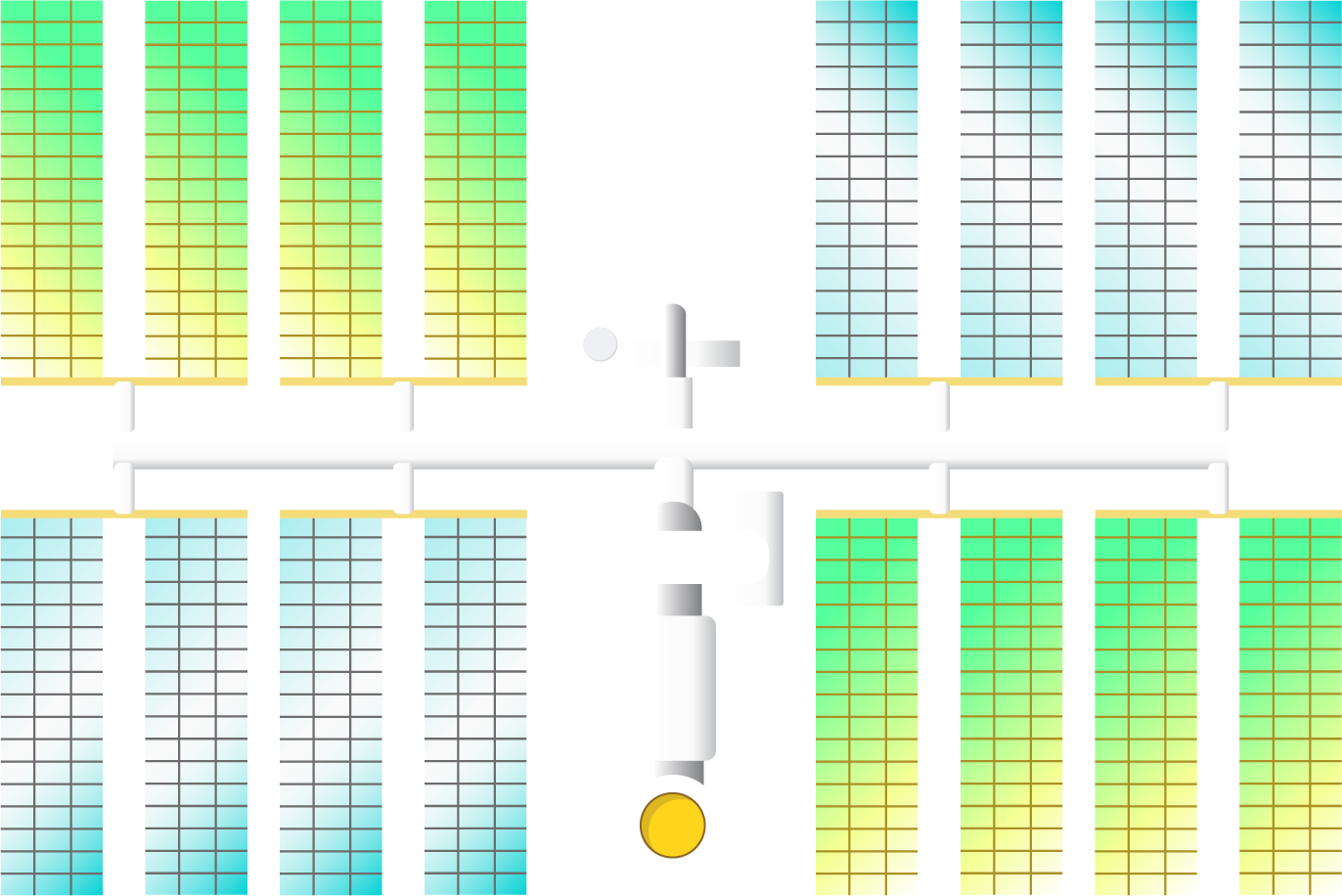


You are Go for Launch
Start your visit to Space Center Houston by getting up close and personal with one of only three remaining Saturn V rockets, located inside Rocket Park. Longer than a football field and burning more than 40,000 pounds of fuel every second, this is the same model of rocket that took Neil Armstrong and others to the moon. Then compare it to the newest generation of rocket technology at the SpaceX Falcon 9 exhibit. This exhibit allows you to see an actual Falcon 9 rocket (look for the scorch marks!) that launched to fame in 2017 and was used for multiple NASA missions.
No trip to the Space Center would be complete without hopping on a NASA tram tour to get a behind-the-scenes look at the Johnson Space Center. Here you’ll see NASA’s current astronaut training facilities and the famous Mission Control Center in action. Peer in to discover how today’s scientists monitor all space flights and coordinate activities aboard the International Space Station, or take a step back in time and visit the iconic Apollo Mission Control Room. This is the room where the phrase, “That's one small step for man, one giant leap for mankind,” was broadcast to the world, before being forever immortalized in history.
In the Apollo Mission Control Room, you can see that history come to life. It recently underwent a $5 million-dollar restoration to appear just as it did on the day of the Apollo 11 Moon landing. No detail was overlooked in this restoration — vintage computers whirl, binders full of flight plans are close at hand, and lights flash their way across the consoles. The long hours of the engineers are evident, coffee mugs and cola cans remain as if their owners have just briefly stepped out. You’ll even hear an audio recording of Apollo 11’s historic landing, and Neil Armstrong’s famous words will echo through the room once more.

Ignition sequence start
From there, visit Independence Plaza, where visitors can learn about the shuttle program and go inside a full-scale replica of the shuttle Independence — which just so happens to be sitting atop a Boeing 747! On your way back, be sure to make time to touch a 3.8-billion-year-old moonrock that was brought back on the final Apollo 17 mission.
To find out what it’s like to be a modern-day astronaut, head to the International Space Station Gallery to get an insider’s perspective on living among the stars, with state-of-the-art technology bringing immersive experiences to life. Don’t miss attending New Perspectives, an interactive live show where you’ll learn (and, for some lucky volunteers from the audience, experience) what it’s like for astronauts to eat, sleep, and exercise in zero gravity.
While on vacation, kids can also enroll into Space Center U, a multi-day program for kids ages 11+ (younger children will enjoy the age-appropriate Explorer Camps) that takes them behind the scenes for hands-on experiences. They’ll discover how NASA astronauts live and train, how rockets are made and built, what it would be like to live on another planet, and more. I already know what you’re thinking — but sorry parents, this is a kids-only experience!
Looking for just a little extra “rocket thrust” for your visit to Space Center Houston? Come during the holidays to experience Galaxy Lights. This annual tradition is always a hit, transforming the already amazing space center into a massive and immersive holiday light display at night. Guests will get to experience many of the main attractions magically lit up with hundreds of thousands of lights.


All engines running
Bay Area Houston has much more than just starry-eyed delights. Visitors come for the nightlife, award-winning food scene, family fun, and the miles of gorgeous waterfront that ebbs and flows throughout the cities. But no matter if you’re paddleboarding out on the water or enjoying a candlelit dinner, you always seem to get a sense that spaceflight is at the heart of the region.
That’s because it is. Much of the region owes its existence to the NASA Johnson Space Center. This 1,600-acre campus is where the heart of the space program was born and where many of the nation’s first and current astronauts have worked and lived.
When President Kennedy issued his challenge in 1961 to land on the moon before the end of the decade, NASA had only spent a grand total of 15 minutes in space. To say that NASA quickly went into overdrive would be an understatement. Not only did the agency need astronauts, but it also needed an army of scientists, engineers, and tradespeople.
They came when they were called and brought their families along for the ride. When the NASA Johnson Space Center rapidly grew in the early 1960s, the entire Bay Area region did so as well, rippling out to develop and establish the surrounding communities. Individuals and families from around the country began to move into the area to work, live, and breathe all things cosmos.

We have liftoff
These American heroes left (and continue to leave) their mark. Driving through the Bay Area, you’ll likely pass homes of current astronauts as well as past astronauts like Buzz Aldrin and Gene Cernan. For another brush with the stars, step inside Frenchie’s Italian Restaurant, and you’ll see dozens of signed photographs of their astronaut clientele, collected over the past 40 years. Located just down the street from Johnson Space Center, it continues to be a favorite of astronauts and locals alike. Chicken cacciatore anyone?
Want to see more proof that these towns are just as space-enthused as you are? Take your picture with Wally, the astronaut pelican (a proud member of Seabrook’s Pelican Path) on NASA Road, or embark on an evening stroll down the Kemah Boardwalk. When you’re not busy defying gravity on the famous wooden roller coaster or riding other fair favorites, stop in to enjoy space-themed games in the Galaxy Adventures Arcade and party room.



That’s one small step…
Humanity’s forays into outer space continue on, ever-changing, ever-growing, ever pushing the envelope of what mankind is capable of. Throughout Bay Area Houston, you’ll constantly be reminded that you are at the world hub for the space community, standing on the precipice of NASA’s next great discovery. And no matter if you came for the shops or the outdoor activities, you’ll be sure to leave with stars in your eyes.
Q&A with a NASA Astronaut:
Meet a Bay Area Houston Astronaut
Ever wanted to chat with an astronaut? Soliloquy about the stars? Get the down-low on blasting off? At Space Center Houston, visitors can do just that. Participants in the “Breakfast with an Astronaut” and “Astronaut Mission Memories” programs get to hear first-hand accounts and stories of space from the brave men and women who have actually been out there! It’s a prestigious club — since NASA’s inception, only 350 astronauts have made the cut! Be certain to book in advance, but until then:
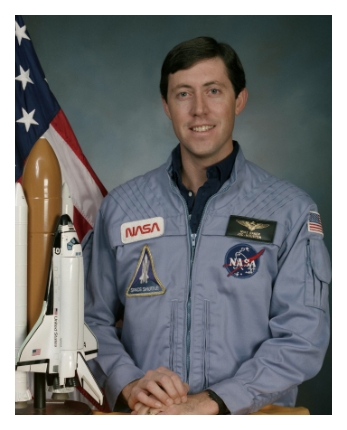 Micheal Baker: @astro_bakes
Micheal Baker: @astro_bakes
Meet Astronaut Michael Baker
After graduating with a degree in aerospace engineering and an illustrious career as a Navy Pilot, Michael Baker was selected to be part of NASA’s astronaut program in 1985. He is a veteran astronaut of four separate space shuttle missions, has logged more than 40 days in space, and has served in key roles at Johnson Space Center, in both Houston and Russia. He retired two years ago, but his career with NASA has taken him all over the world and even through the stratosphere! We sat down with him to learn about his time among the stars, why he loves Bay Area Houston, and advice for aspiring young astronauts.
So, to start, how long have you lived in Bay Area Houston?
Well, I got there in 1985 when I started training with NASA. You know, it’s great, [and] the people are great. There’s a kind of small-town feeling but a standard of living that is very high, and there’s always plenty to do. It’s also nice that downtown Houston is just a short drive away.
What are some popular hangout spots for NASA employees? Where would I go if I was hoping to bump into an astronaut?
In general, there is a place called Boondoggles on NASA Road 1. Chelsea Wine Bar is another fun place, I love it.
Tell us more about Space Center Houston Breakfast with an Astronaut.
It’s a lot of fun! It's one of the best things that they do, I think. And it's more fun for us. Typically, when we go and give a presentation at places, you don't get a lot of feedback, and it doesn't get as personal and detailed.
With the Breakfast with an Astronaut program, you have a long time and there's a small number of people. You can really get more into details and talk more frankly with everybody. It's a lot more fun when you're up close and personal.
Let’s talk about space. I’ll start with a hard-hitting question: You’re on the launch pad, strapped in, suited up, and you get an itch. What do you do?
You just endure it, that’s it. It's actually one of the most uncomfortable parts of the job. You’re lying on your back with your knees and your feet up in the air. And you’re fully suited up, plus a cooling suit with plastic tubes running through it. I’ve sat there on the pad many times for like five to six hours in that position. When the launch time comes, you're definitely ready to launch!
Is the adrenaline pumping that entire time or just during the countdown?
We’re fairly busy during that timeframe. We train so much, and there's a lot to do and think about, so your mind is kind of taken off of anything like that.
The very first time was more frightening. I've heard some other astronauts say that if anybody tells you that they weren't scared, they're lying. But I think a lot of it is when you don't know what to expect. After the first time, I think each subsequent flight was a little bit easier.
I'm sure you've probably gotten this question a million times: What's it like to see Earth from orbit?
Just awesome. It’s just totally incredible, just such a beautiful sight. I don't think you would ever get tired of looking out the window at our beautiful planet.
We talk about this perspective all the time. I hope that pretty soon we'll have a lot more people with this mindset, where they see the earth sitting there in the deep, dark blackness of space. And see how small, how fragile it looks. How alone we really are out in this universe. It's just startling and just an awesome sight. Like I said, you never get tired of it. It's very beautiful.
Not to mention, you're going around the Earth every 90 minutes while in orbit. So, you get a sunrise or sunset every 45 minutes, and those are spectacular too.
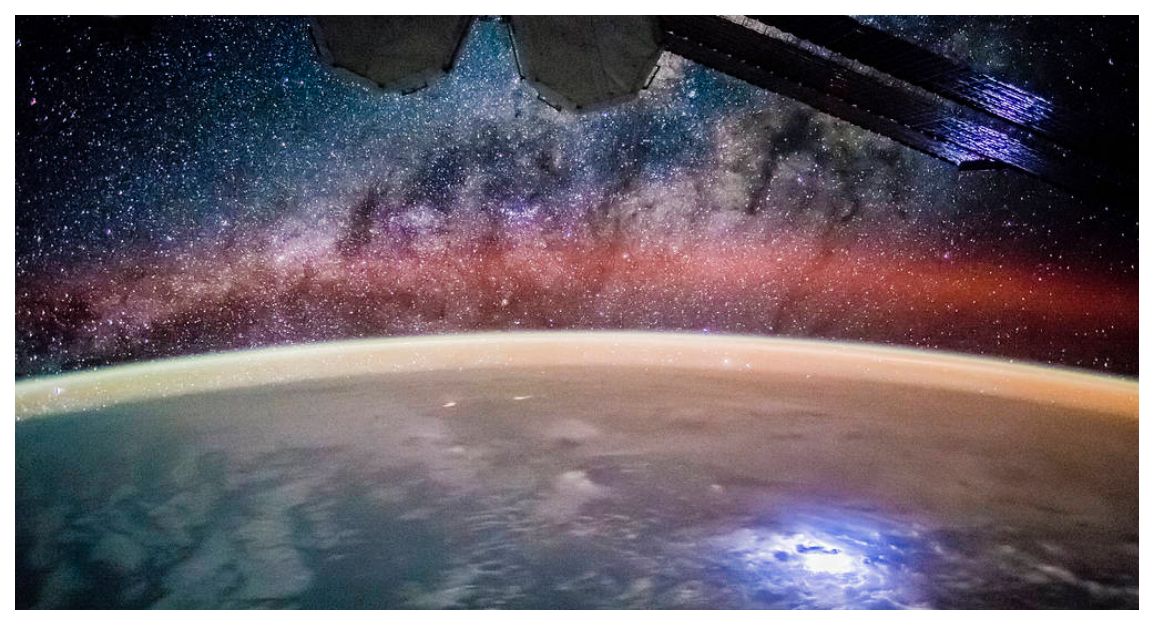
What's a task that is simple to do here on Earth but is tricky in space?
Everything becomes more difficult, even eating. But that’s fun. Eating’s a lot of fun — astronauts play with their food! It doesn’t matter if their mom taught them not to. But you have to be really careful. If the food has starts floating too far away it can make a mess of things.
What makes you excited about the next 40 or 50 years of space exploration?
I think the most important thing is to get many more people in space. You can see how fragile our planet is and how beautiful it is and how much we really need to take care of it and how much we need to live peacefully on it.
Do you think that space tourism will be attainable for a lot of citizens within our lifetime?
I hope so! I think for the current and future generations it'll get fairly cheap.
Something that I occasionally hear in the news is the question, “Why is space exploration important?”
That's something the human mind has always been inquisitive about and how things work. What's over the next hill and that sort of thing. I think we need to explore. We need to understand things. Going to space is one of these things that helps us understand our world around us.
What is the most unexpected thing about being an astronaut?
[Chuckles] You know, I think a lot of people think that we make lots of money, and I have to tell them, “No, we're government employees.” They're always disappointed when they find out that you're a government employee.
The other thing I always joke about, I didn't really expect to be doing public speaking. But that ends up being one of your responsibilities when you become an astronaut.
What would be a piece of advice you might give to any hopeful future astronauts out there?
My very first commander used to say, “You need to pick something that you want to do in your life that you're passionate about.”
If your passion is something that's going to be able to get you to become an astronaut, that's great. But if you do something just to become an astronaut, the chances of becoming one are slim. I don't want to discourage anyone, but it's really important to know that it’s very difficult. So pick something that you're going to do with your life — no matter what job — that you really like. And hopefully that will also help you become an astronaut.
Keep up with Michael Baker’s ongoing adventures and tales from space on Twitter at @astro_bakes.
Discover new horizons in Bay Area Houston